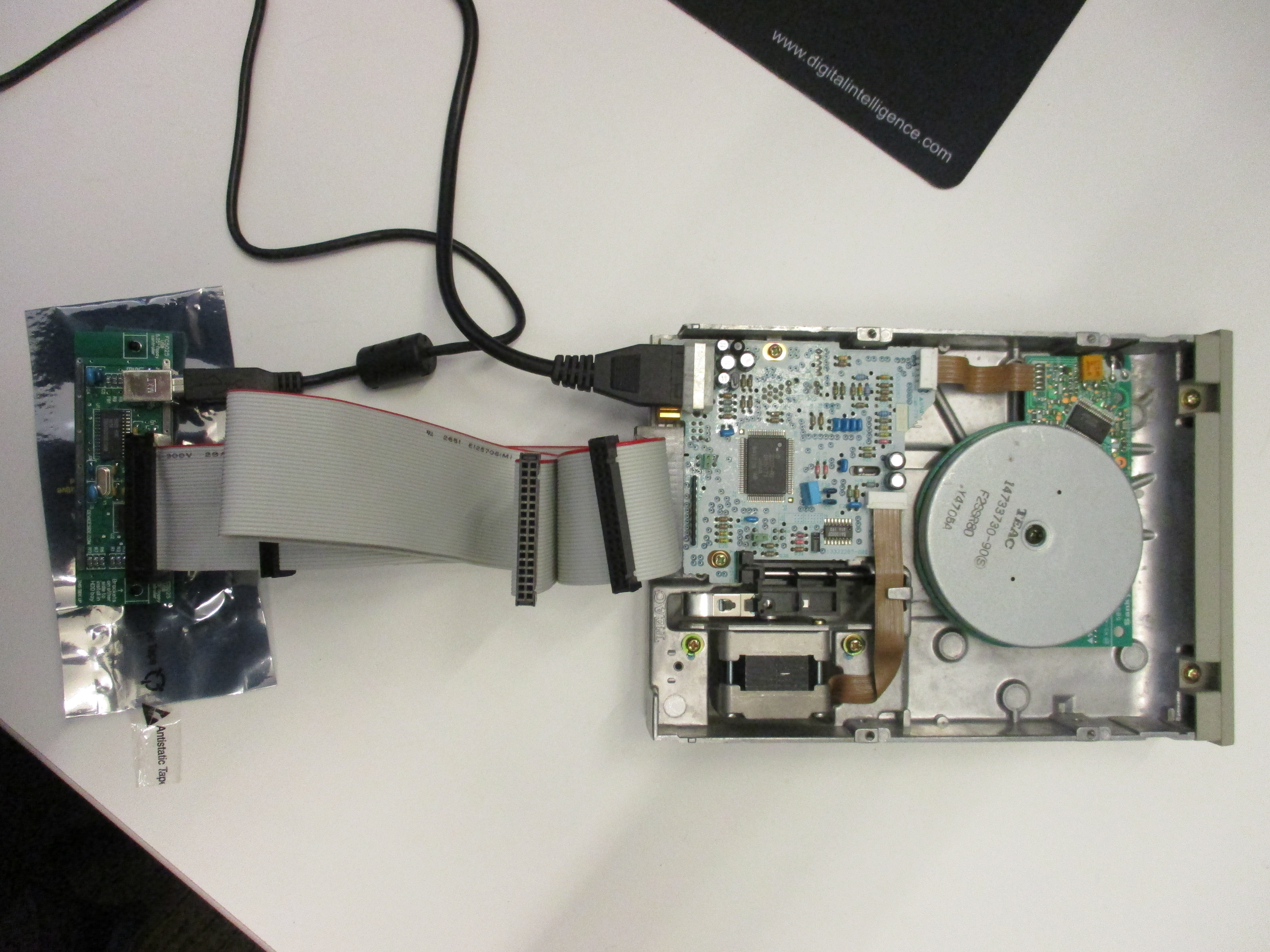
Our FC5025 controller connected to the TEAC FD-55GFR 5.25″ floppy disk drive.
The new year and holidays brought with it gifts and offerings for our legacy digital project!
Upon returning from our holiday break, we were greeted with the arrival of our TEAC FD-55GFR 5.25″ floppy disk drive along with Device Side Data’s FC5025 USB 5.25″ floppy controller.
We decided on purchasing a 5.25″ floppy disk drive of off Amazon and a FC5025 controller. The FC5025 controller is essentially a circuit board that liaises between your legacy 5.25″ floppy drive and a modern computer running a contemporary operating system. These two components are the essential building blocks to getting data off of 5.25″ floppy through disk imaging because they interface between an older, circa-1981 floppy disk drive and a modern computer. Maryland Institute for Technology in the Humanities’ (MITH) Vintage Computer site does an excellent job of breaking down the FC5025’s connections and instructions for imaging floppies. The card comes with drivers to enable connections to Windows (98, 7, 8, XP), Mac (OS X), and Linux operating systems.
Continue reading

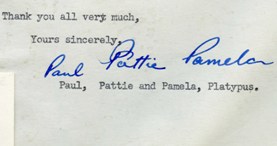 The vast majority of the documents in the WCS Archives are written by people speaking as themselves. They may be speaking as representatives for a larger collective, such as the Society, or a professional organization, or even–in the cases of some Congressional testimony transcripts–as representatives for the zoo profession as a whole. Every now and then, however, we come across examples of people speaking not in their own voices, but in those of animals.
The vast majority of the documents in the WCS Archives are written by people speaking as themselves. They may be speaking as representatives for a larger collective, such as the Society, or a professional organization, or even–in the cases of some Congressional testimony transcripts–as representatives for the zoo profession as a whole. Every now and then, however, we come across examples of people speaking not in their own voices, but in those of animals.


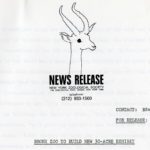 This is the fourth blog post in our series on graphic design in letterhead.
This is the fourth blog post in our series on graphic design in letterhead.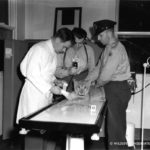
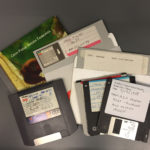
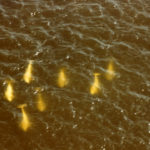 Archivists mine the collections and materials they process for key points of access, as gateways to gain attention and connect researchers to archival resources. Keeping in mind the needs of both the current and future generations of researchers, locations, names, dates, specific activities and events, along with other keywords get logged in the mind’s eye of processors whilst looking to make sense of the surviving records under their care. Terms like these provide valuable clues and points of entry into the materials to unearth important pathways for discovering existing relationships.
Archivists mine the collections and materials they process for key points of access, as gateways to gain attention and connect researchers to archival resources. Keeping in mind the needs of both the current and future generations of researchers, locations, names, dates, specific activities and events, along with other keywords get logged in the mind’s eye of processors whilst looking to make sense of the surviving records under their care. Terms like these provide valuable clues and points of entry into the materials to unearth important pathways for discovering existing relationships.